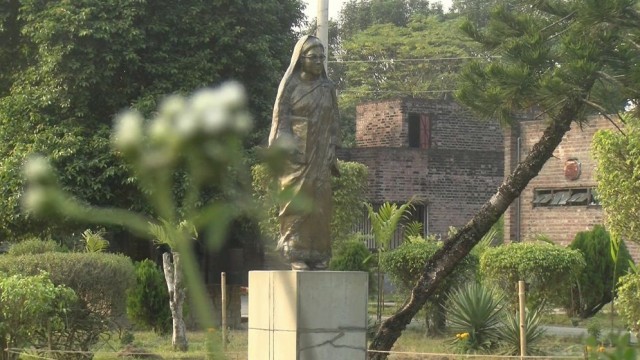In a rare phenomenon, the ancient city of Pantabangan has resurfaced as the waters of a large dam in the Philippines recede due to severe drought conditions. The revelation, reported by CNN on Tuesday, sheds light on the hidden history submerged beneath the surface for decades.
Pantabangan, a city with a 300-year-old legacy, has reappeared as the temperature rises and the dam's water levels plummet amidst intense drought gripping many parts of the Philippines. The city, once submerged under the reservoir created by the dam's construction in 1970, has become visible again, offering a glimpse into its storied past.
The prolonged dry spell and soaring temperatures have exacerbated the situation, leading to a significant drop in water levels. According to the Philippine government, the reservoir's normal water height, set at 221 meters, has declined by approximately 50 meters, exposing vast stretches of the submerged city.
This extraordinary event has sparked intrigue and fascination among locals and historians alike, providing an opportunity to explore the remnants of Pantabangan's rich heritage. As the city emerges from beneath the waters, it serves as a poignant reminder of the delicate balance between nature and human civilization.
While the reappearance of Pantabangan offers a unique insight into the region's history, it also underscores the environmental challenges posed by climate change and water scarcity. The visible city stands as a testament to the resilience of communities grappling with the impacts of drought and the need for sustainable water management practices.
As the drought persists and temperatures continue to soar, the resurfacing of Pantabangan serves as a poignant reminder of the interconnectedness of environmental phenomena and human civilization, urging stakeholders to prioritize conservation efforts and adaptive strategies in the face of climate uncertainty.































Comment: